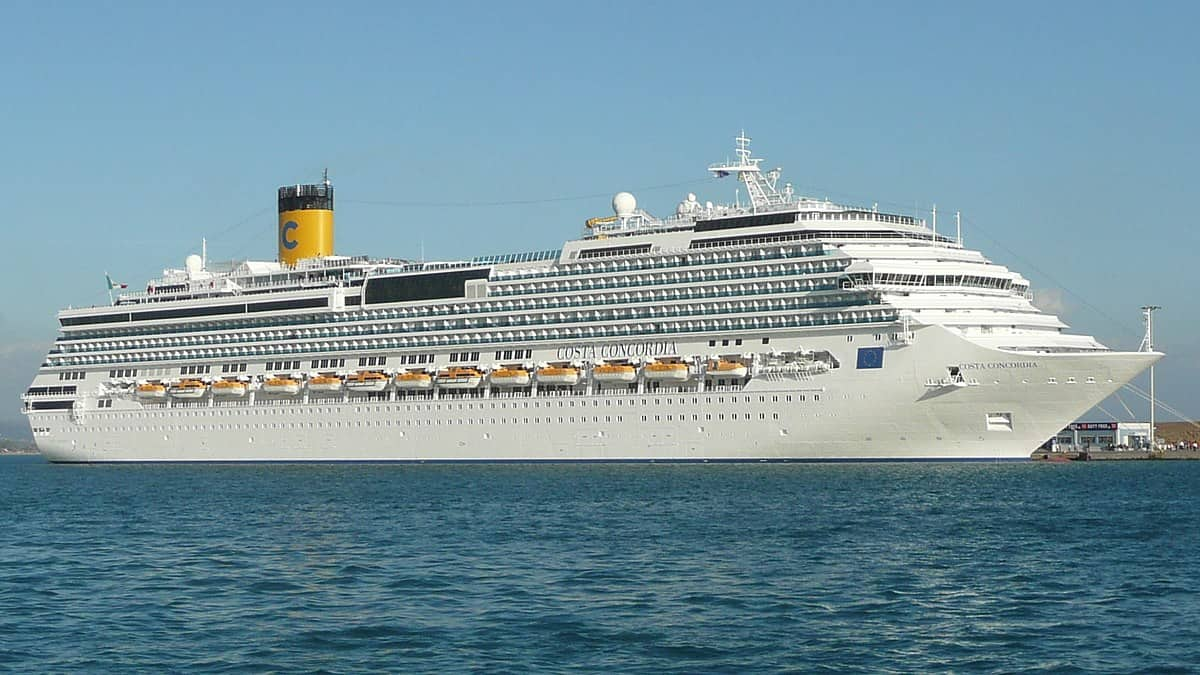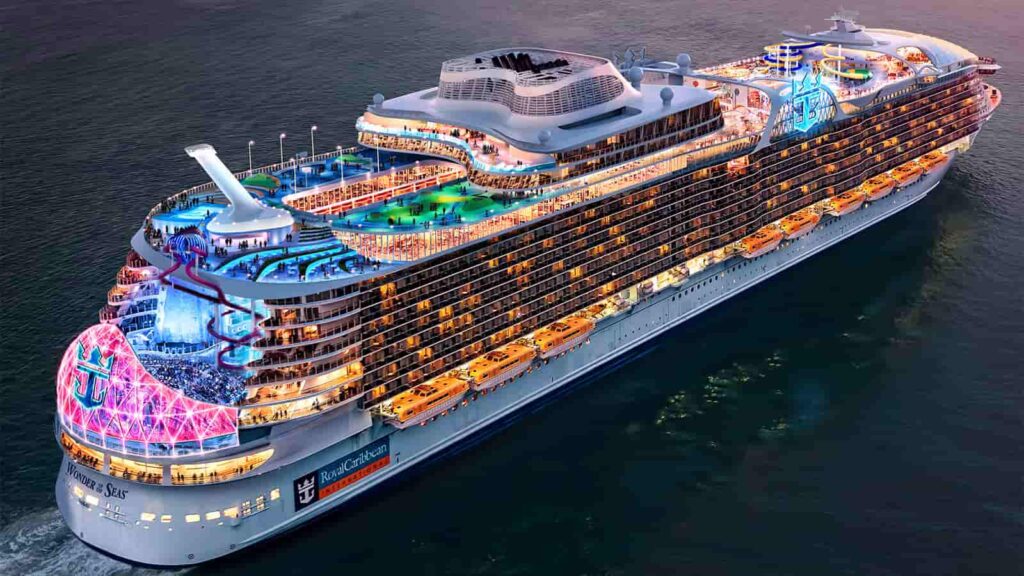Costa Concordia Cruise Ship: Since her disastrous grounding in Giglio in Italy’s Tyrrhenian Sea, Costa Concordia news has circulated. The Costa Concordia passenger ship’s historic catastrophe is just one part. Features that made the ship unique for its owners and operators and the global cruising community.
Build and Launch
In 2004, Cost Cruises ordered the first Concordia-class cruise ship, Costa Concordia. Concordia, built by Sestri Ponente, the Genoese shipbuilding arm of Fincantieri, symbolizes European unity and harmony.
Costa Concordia opened in 2006 after a nearly US$ 570 million construction. The largest Italian cruise ship’s inaugural ceremony sparked international nautical interest.
After fashion model Eve Herzigova opened the champagne bottle, which is supposed to break to commemorate a vessel’s christening, it didn’t break. This caused a large wave of superstitious criticism about the vessel’s long-term operability.
Construction and debut

The Costa Concordia was owned by Carnival Corporation & PLC subsidiary Costa Crociere. Italy’s largest cruise ship, launched in 2005, was 951 feet (290 meters) long and could carry 3,780 passengers, compared to the Titanic’s 882.5 feet (269 meters) and 2,435 passengers. Luxury was Concordia’s specialty. Four pools, a casino, and the ship’s largest spa were on board. In July 2006, the ship made its Mediterranean Sea debut, visiting Italy, France, and Spain for seven days. That became its regular path.
Costa Concordia photographs show that the ship was stunning from the exterior. The ship’s interior was as elegant as its exterior.
The Costa Concordia passenger ship has a large crew to serve its nearly 4,000 passengers. The ship has five excellent restaurants, spas, and a large gym with a sun lounge, sweat room, and Turkish bath. The ship has three theaters, a disco, a Formula One simulator, and a card-playing casino.
During a Costa Concordia cruise, passengers were treated to the highest levels of fun and fanfare, making it harder to accept the tragic catastrophe.
Grounding and Sinking Costa Concordia
Before the 2012 fatality, the vessel experienced a minor accident in 2008. A severe gale on Malta’s coast damaged the ship’s prow when it hit its wharf. The mishap slowed maritime traffic for several days, but it was rectified without incident.
Exploring Coaster Vessels: From Fishing Boats to Container Ships
Unfortunately, the Costa Concordia cruise ship grounded in the Sea of Tyrrhenian in January due to its skipper’s incompetence. After leaving Civitavecchia, the vessel was supposed to reach Savona Port before continuing to five additional Italian peninsula ports.
Francesco Schettino, the skipper, directed the ship to Giglio instead of the prescribed itinerary. Failure to monitor the vessel’s proximity to shoals and rocks in the shallower areas of the island caused a major disaster. Leaking on its port side (left side), the ship leaning and angling on its starboard side (right side) sank.
However, easy life-boat deployment saved a massive passenger and crew loss. However, the captain’s decision to take the easy way out instead of saving everyone caused a great commotion. Instead of saving his crew and passengers, the skipper jumped ship and escaped in the first lifeboat. In addition to his disrespect for the profession, the skipper was casual and indifferent in his decision to go while others were fighting for their lives.
Rescue Work

Francesco Schettino and certain crew members are under investigation. Although multiple causes of the sinking have been identified, specialists are compiling a comprehensive report. Based on the reports, the ex-captain and crew will likely be charged.
Despite these events, salvage work to re-haul the Costa Concordia will begin. Contracts with the greatest salvagers are in place, but the salvaging process has yet to begin. Once that begins and the ship is properly re-haulled, the Costa Concordia may be reborn.
Law issues
The behavior of Schettino and other crew officers was questioned immediately. Four crew members and Costa Crociere’s crisis coordinator pleaded guilty to manslaughter in July 2013. Their penalties were under three years. Schettino was tried that month after a plea deal was rejected. Besides manslaughter, he was accused with wrecking and abandoning ship.
Throughout the 19-month trial, prosecutors called him a “idiot,” but Schettino argued he was being scapegoated and that his actions saved lives. He also underlined the helmsman’s steering error, although a marine expert testified that the accident was inevitable. Schettino was convicted on all charges and sentenced to almost 16 years in prison in February 2015. In May 2017, the decision was upheld on appeal, and Schettino began serving his sentence.
Ecological issues and salvaging
Giglio Island is a protected sea area, therefore Concordia wreck environmental issues were a worry. On an undersea cliff, the ship might slip and break apart, triggering an oil spill. Oil booms were constructed around the debris to reduce damage, and salvage teams removed over 2,000 tons of fuel in February 2012 and finished the following month.


